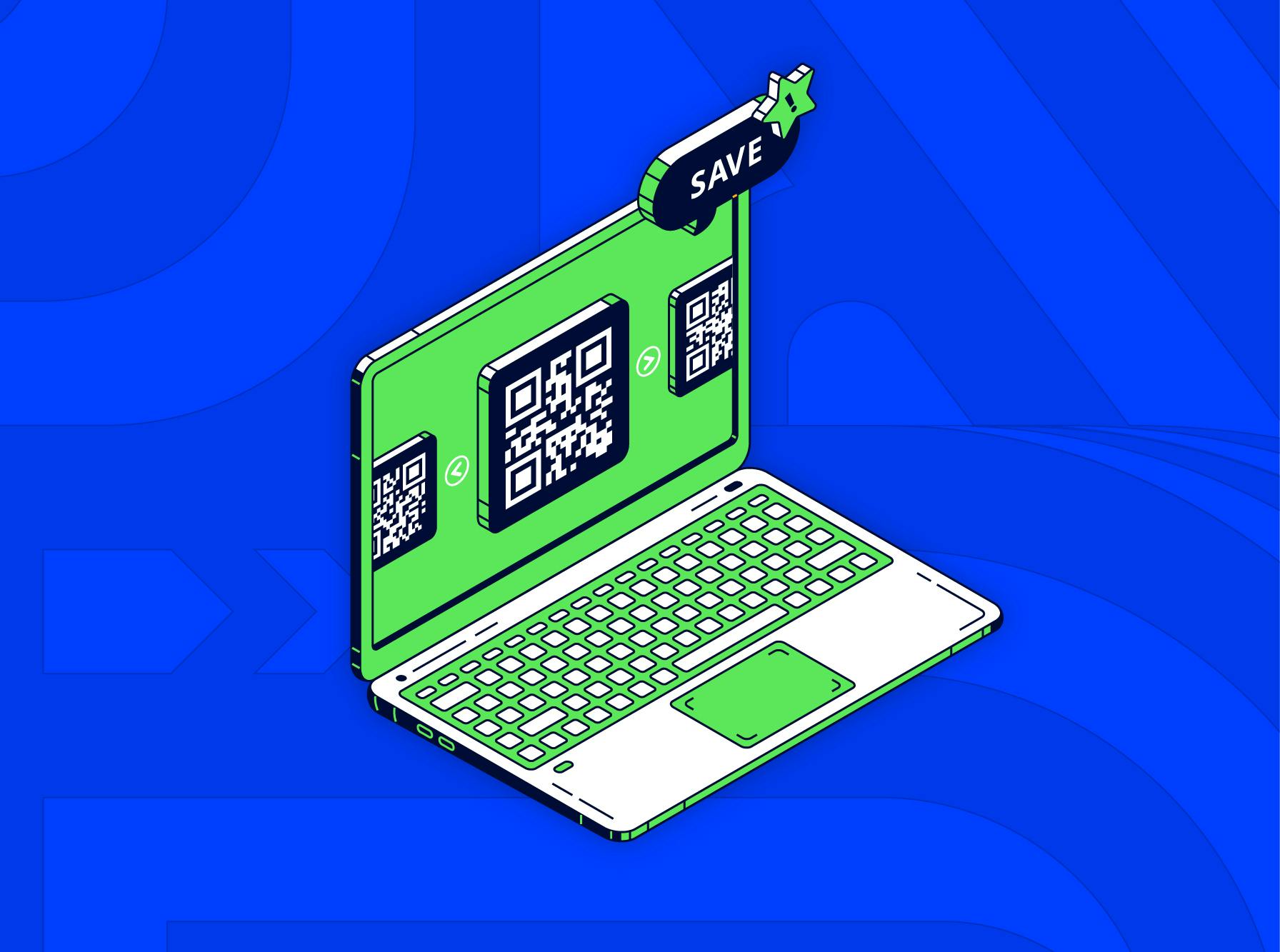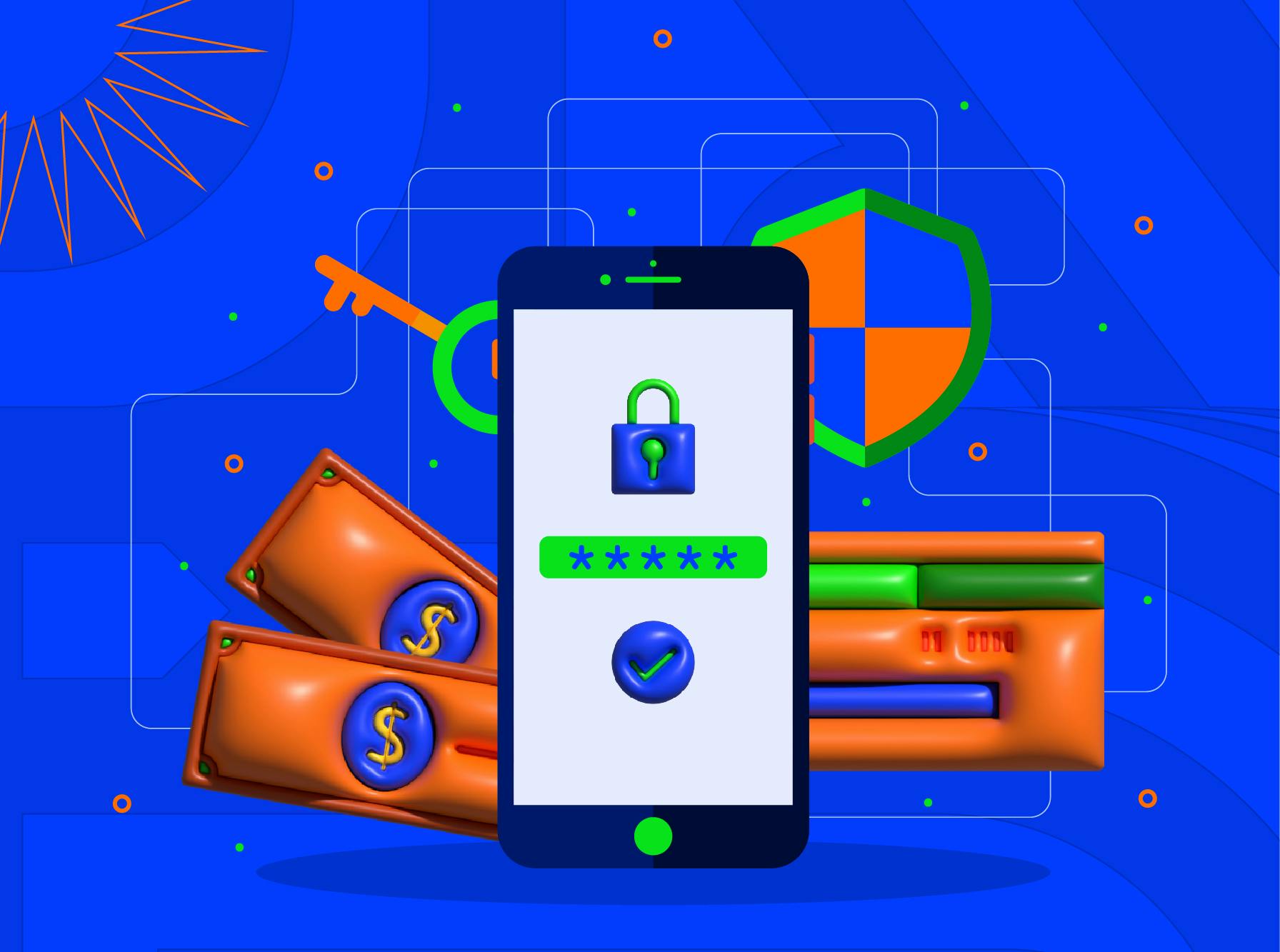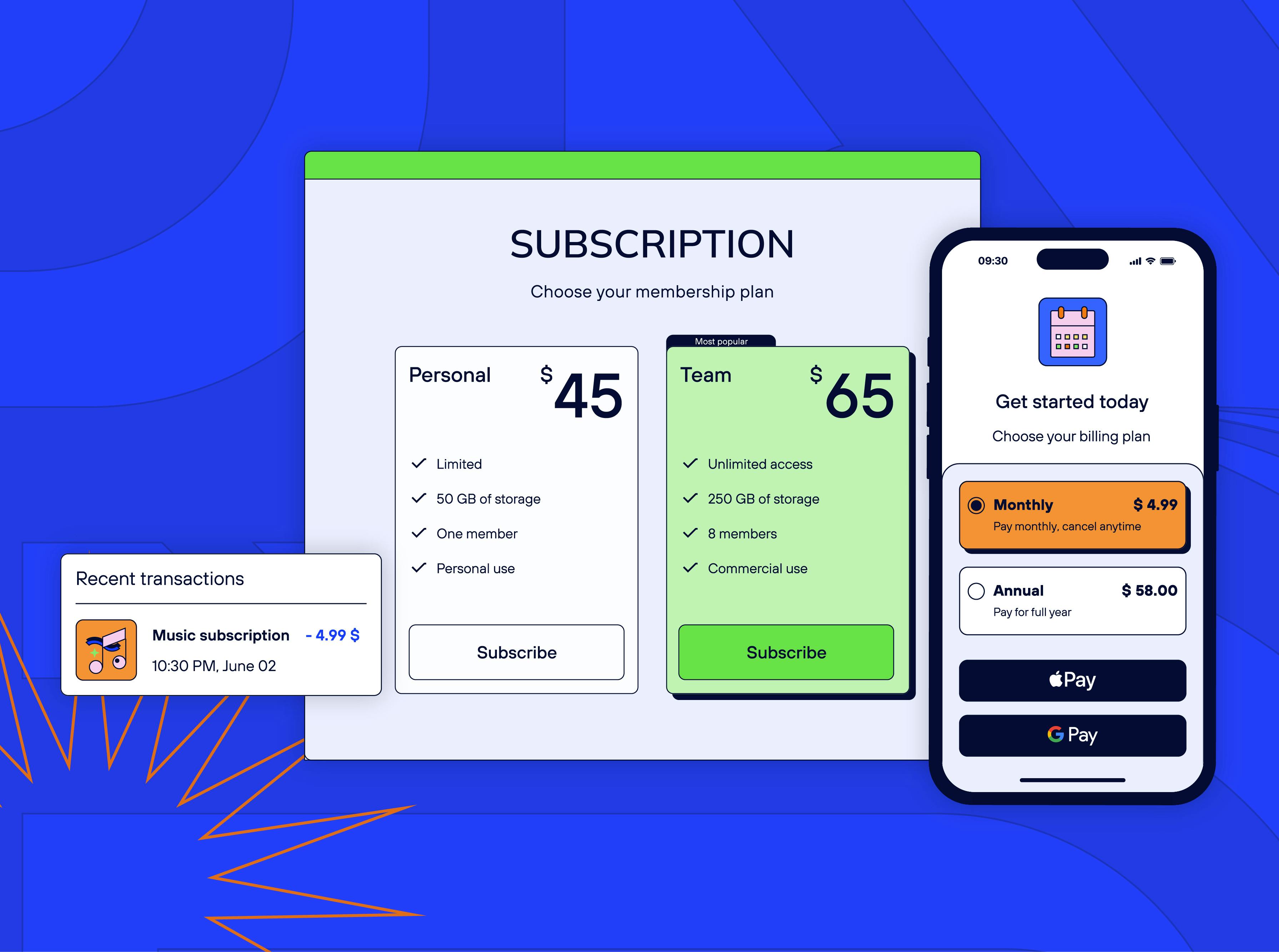The emerging technology of QR code payments has revolutionized how customers interact with businesses and build connections. This article explores the creation and application of QR code payments. We will also highlight the significance of QR codes in corporate processes and how they improve the digital shopping experience in general.
Last year, the global QR code market was estimated to be worth $9.98 billion. It is projected to expand even further over the next 10 years, with a CAGR of 16.9%. The solution provides simple, quick, and safe contactless transactions. Businesses quickly adopt QR codes as payment options, proving the importance of comprehending and using this well-liked payment option.
This payment solution is universal and flexible. Businesses can print QR codes on anything or display them digitally on any gadget, allowing customers to go to any URL freely. Due to its universality, the solution can be adapted to any business, like an e-commerce store or website for the POS payment system.
Companies also use QR codes to comfortably and quickly transport customers to the payment page, where various payment options are available for the users.
QR codes elevate a traditional transaction technique, supplying superior customer service without necessitating a system redesign. Businesses effectively incorporate QR to improve their payment experiences across all channels.





